Stuart set-up his trap in his usual place and we joined him when it got dark, around 930 pm. The light on the trap is extremely bright and it wasn't long until moths began showing up.
Stuart's trapping kit includes:
- A wooden moth trap with a light that runs on electricity
- Cardboard egg boxes inside and around the base of the outside of the trap to provide shelter
- A large white suspended sheet
- Moth identification guides
- Sample pots for examining moths
The most abundant visitor to the trap was the small fan-footed wave (Idaea biselata). However, the heavyweights of the night were the Swallow-tailed Moth (Ourapteryx sambucaria) and Large Emerald (Geometra papilionaria) as seen in the photos below. All the moths were released live after we had all had a chance to look at them and Stuart had identified them. Despite the trap being out for only 2 hours we managed to catch 39 species (see the complete species list here).
I have developed a whole new level of respect for Lepidopterists and moth-enthusiasts like Stuart. For someone who studies (mere) birds, the sheer number of moths in the UK and the effort it takes to identify them is truly humbling. There are the so-called "macro-moths", of which there are around 800 regular British species, and the micro-moths, of which 1600 species have been recorded in the British Isles [1]. Stuart was able to ID most moths and point out their peculiarities without even looking in a book. But, I guess - for someone whose second favourite pass-time is identifying hoverflies - I shouldn't be that surprised by these skills!
Not long ago, I read an interesting article cautioning about the loss of natural history and nature literacy. The article points out that there is a huge gap in our knowledge of nature, especially the understudied organisms. The author argues that inspiring a curiosity for and understanding of biodiversity in young people and in scientists is vitally important. Perhaps it will take naturalists like Stuart and community events like this one to encourage an enthusiasm and an interest in nature and to bridge this biodiversity gap. Here at CEG we have a unique group of scientists with an excellent knowledge of (or appetite for) natural history and we try to encourage an interest in Durham's wildlife. I think we demonstrate that being a scientist and being a naturalist are not mutually exclusive pursuits and that one skill set benefits the other. Hopefully here at Durham University - with its remarkable woodlands and habitats - we will continue to have these types of events and to attract people with unconventional skills and interests to broaden our experiences with nature.
FYI - Stuart is planning a second public trapping session to invite more people to have the same experience. Stay tuned for details about that event! To read more about Stuart's moth trapping or see previous trapping records click here...

Teegan is a PhD student with CEG and joined us in October 2013. She studies fire ecology and habitat use in savanna ecosystems in South Africa.
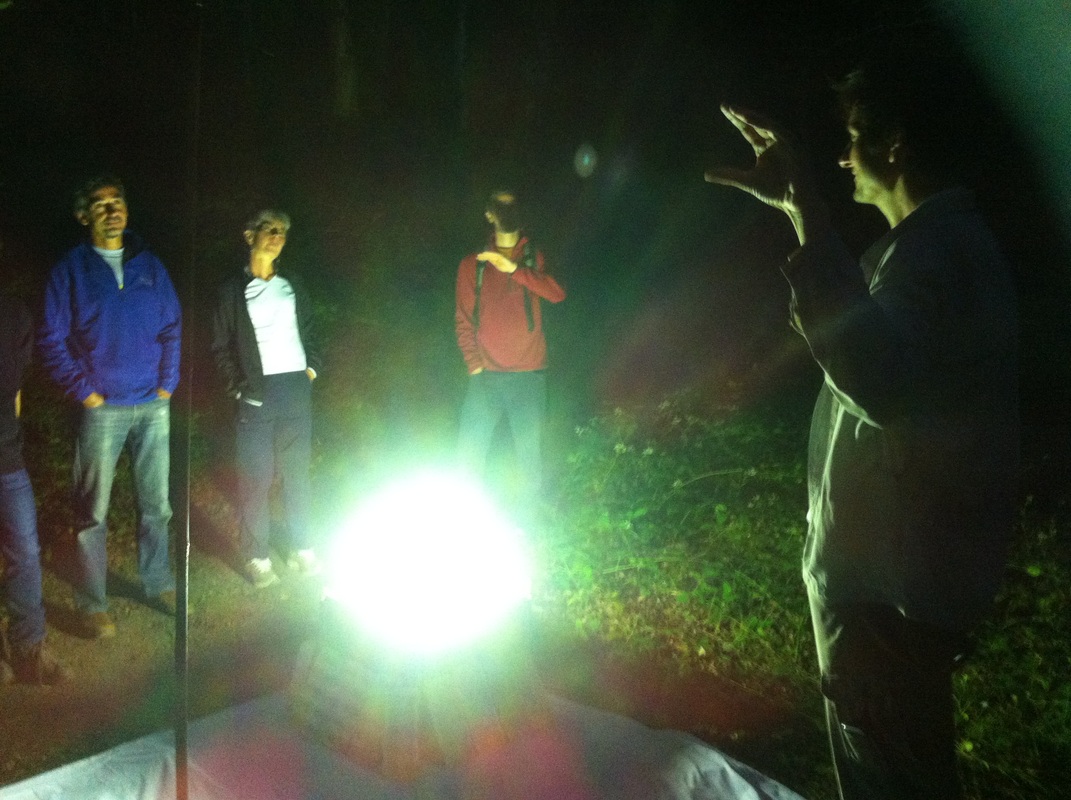
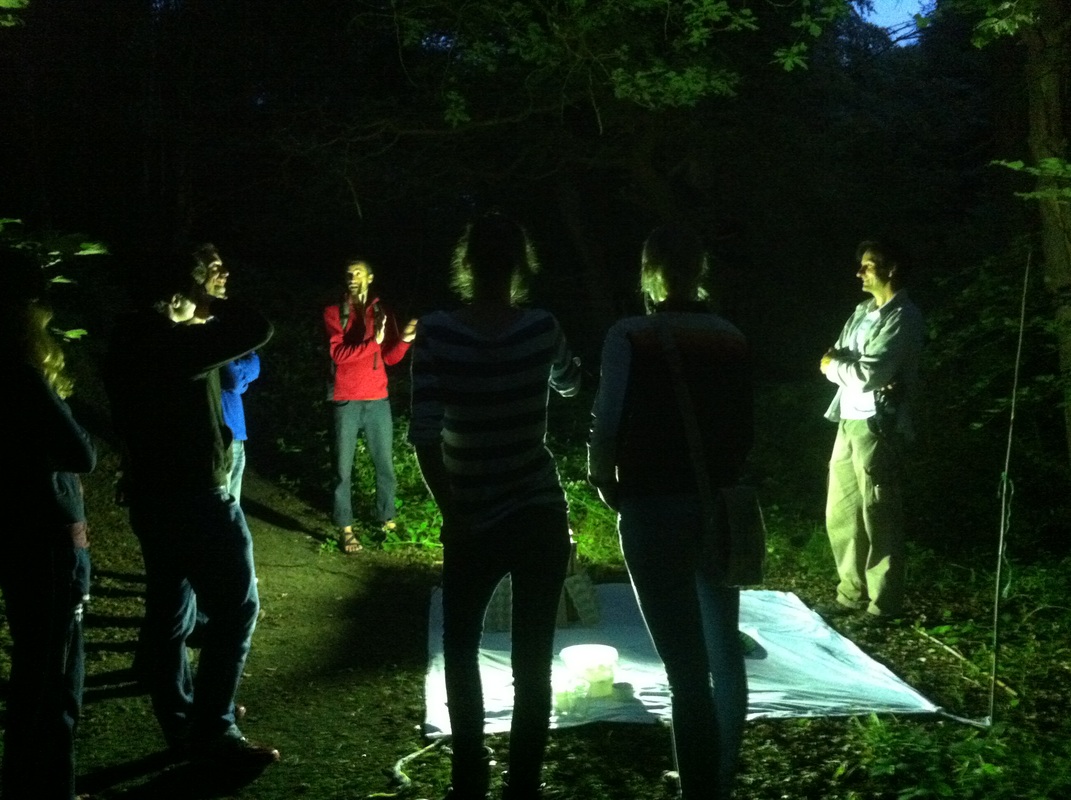
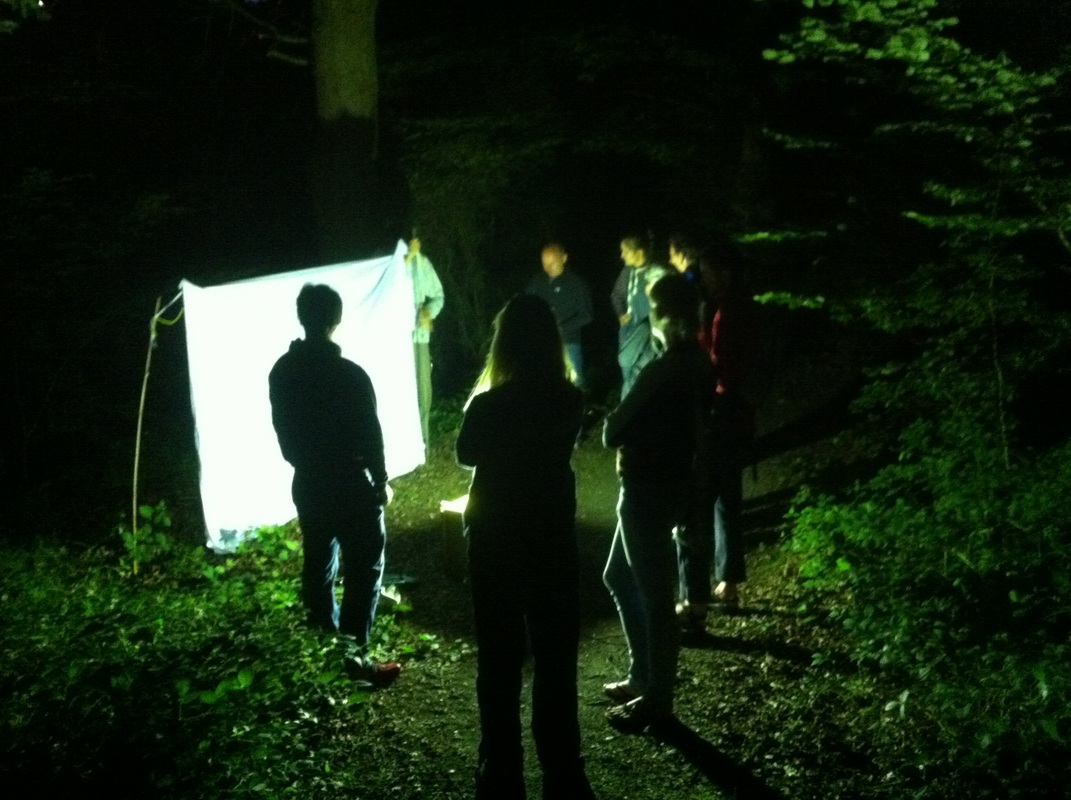
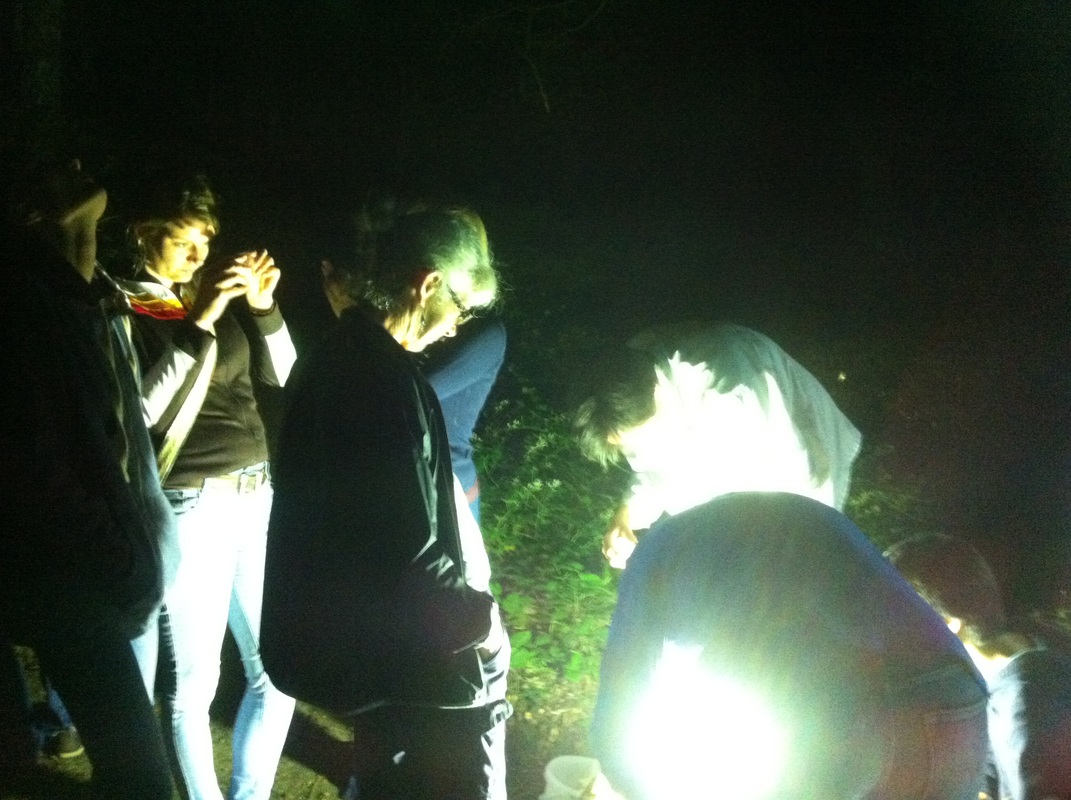
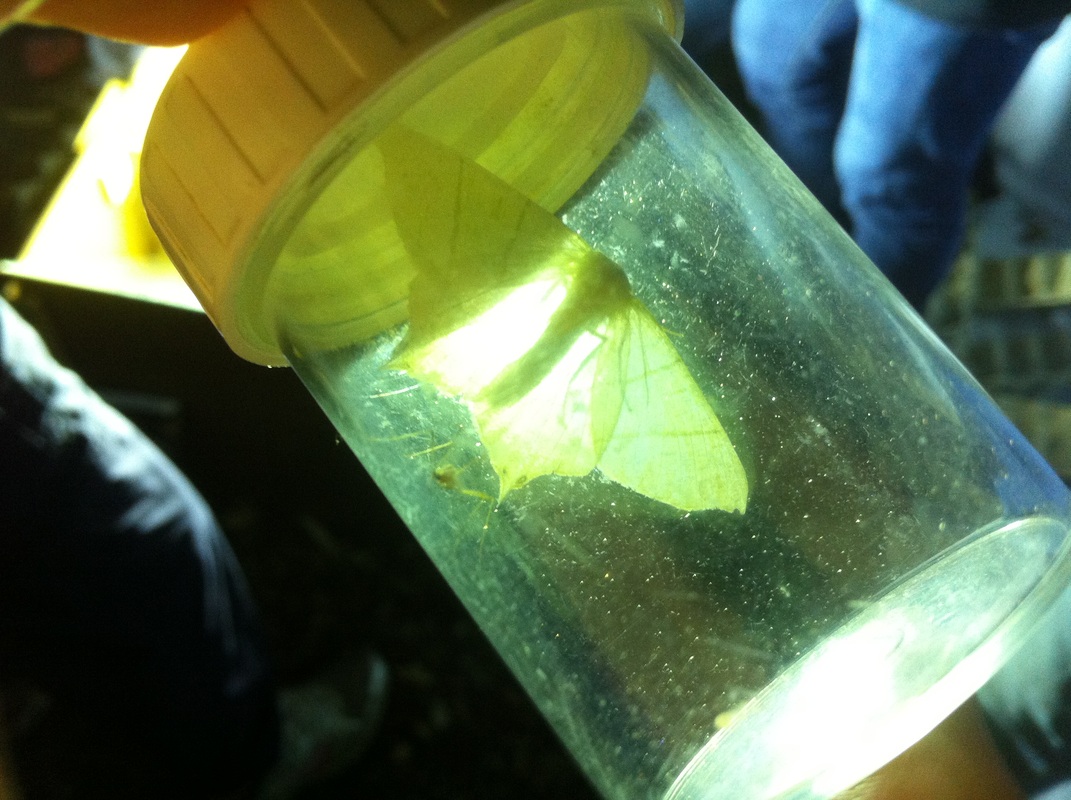
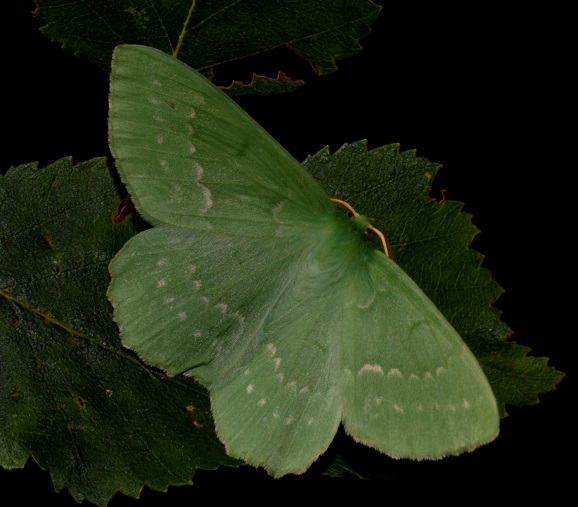
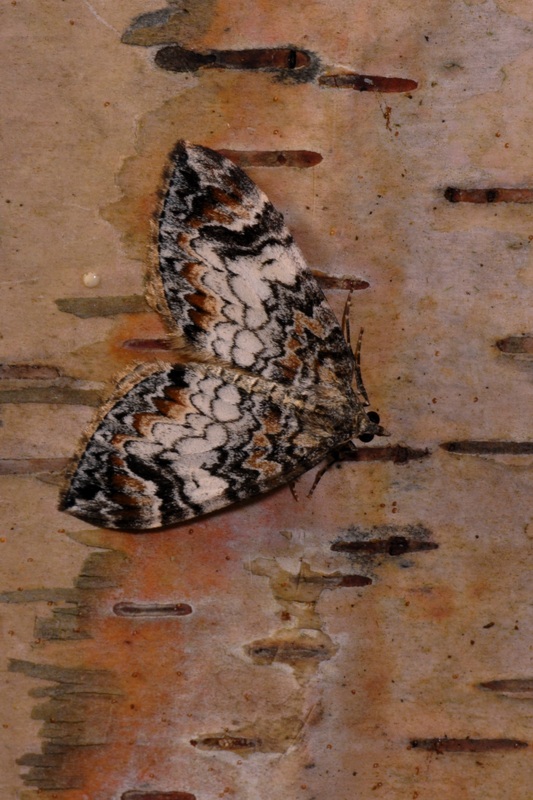
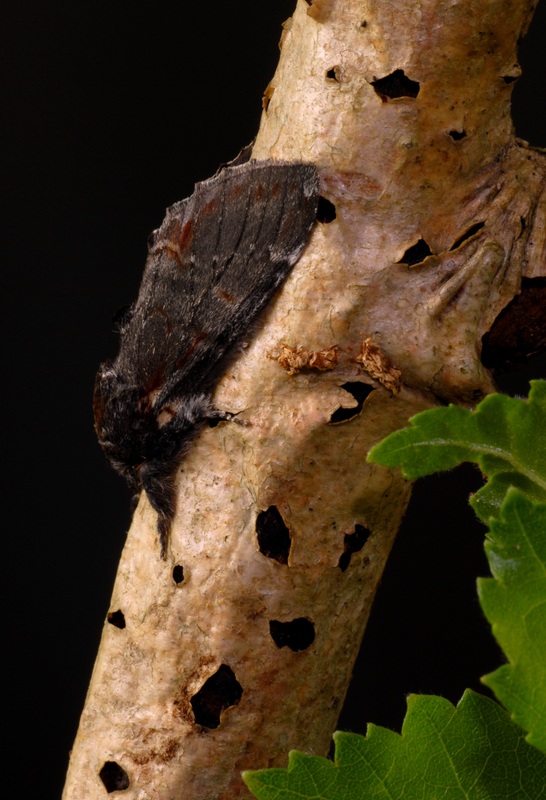
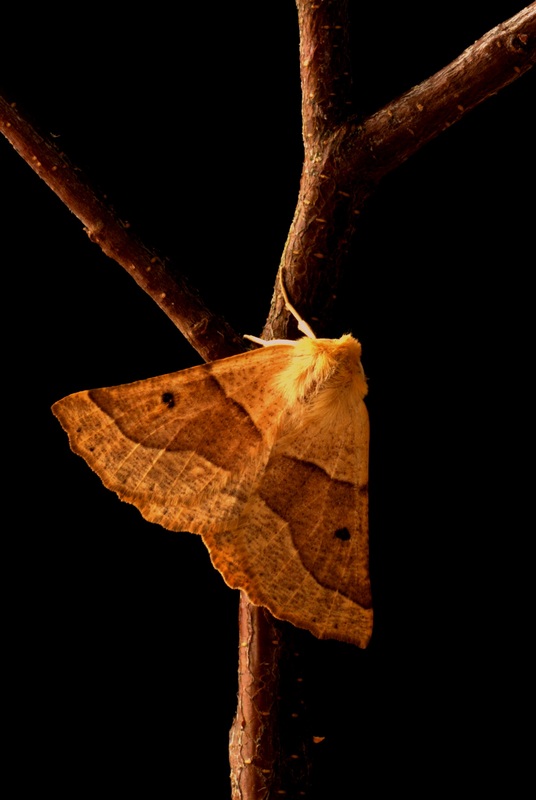
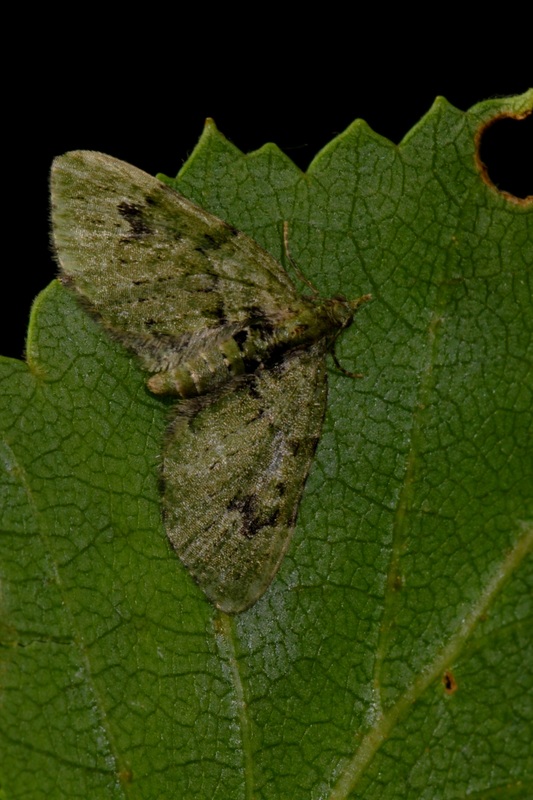
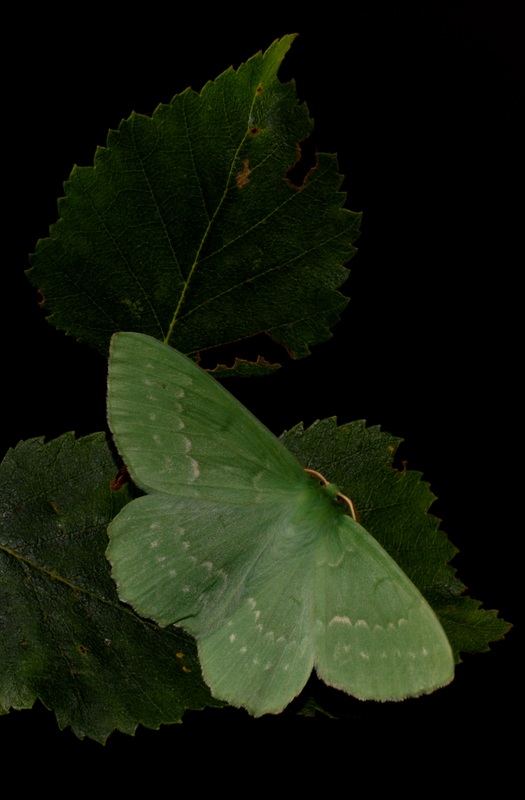
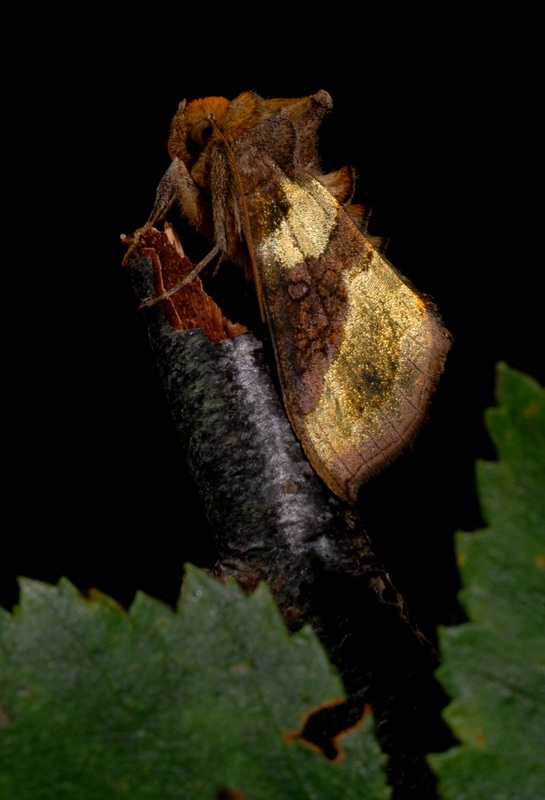

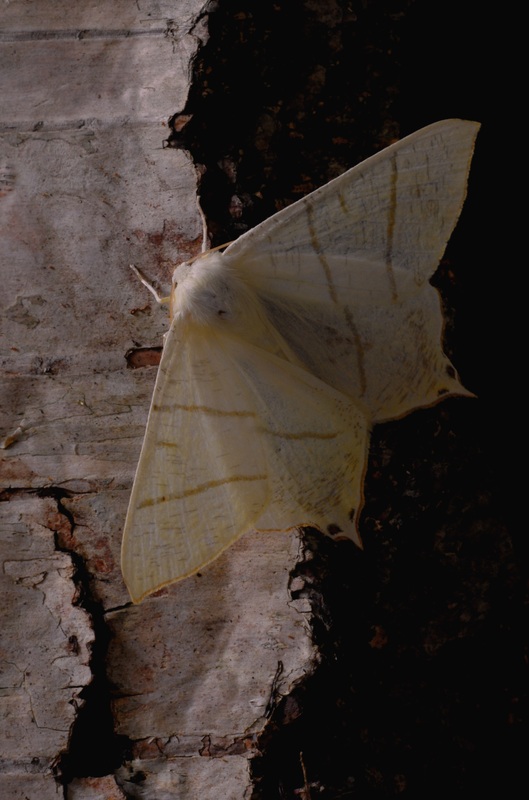
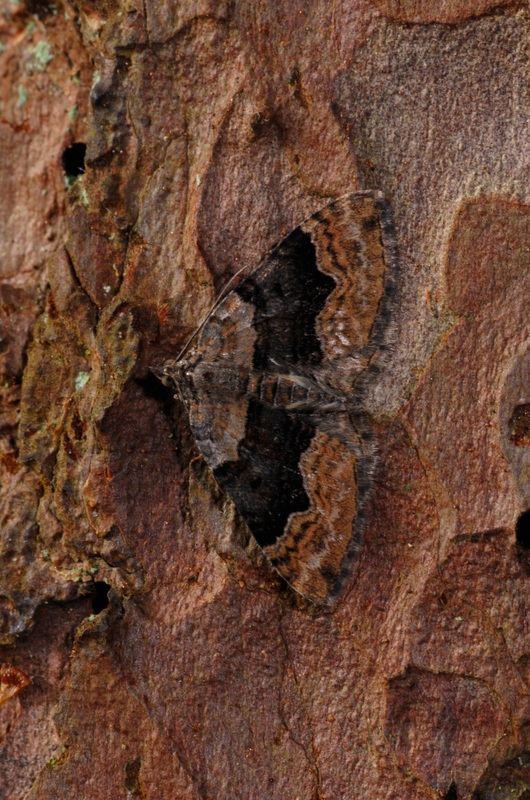
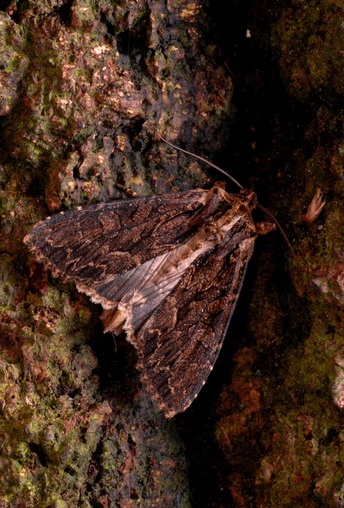
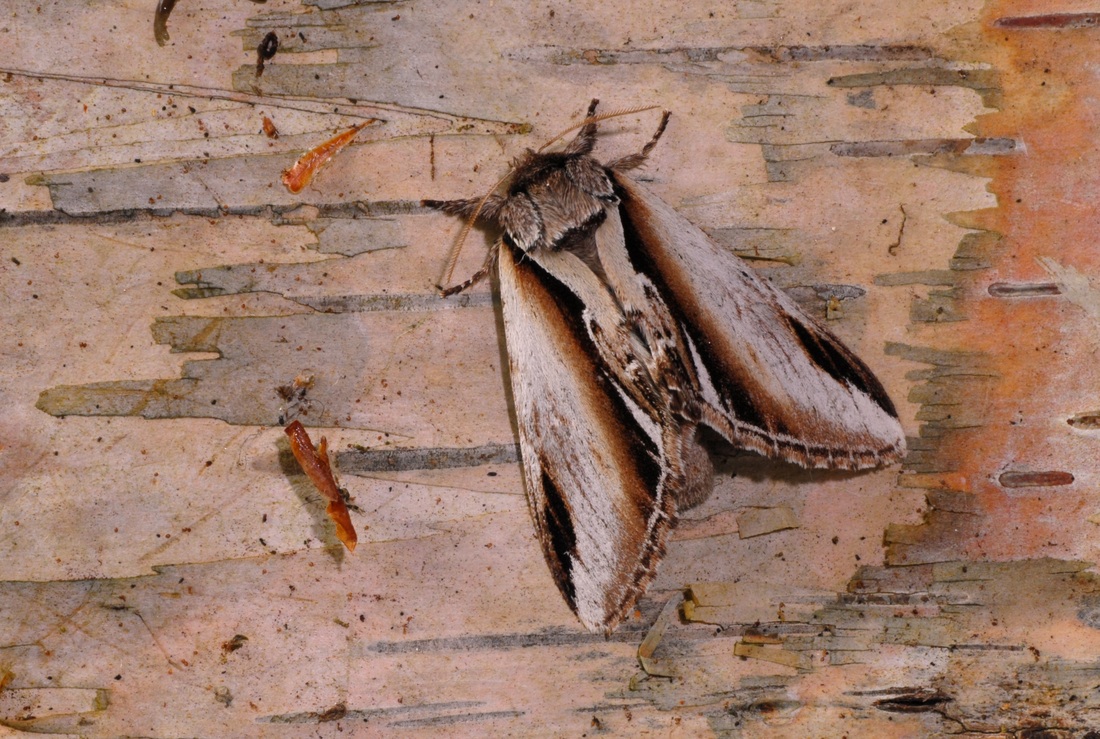
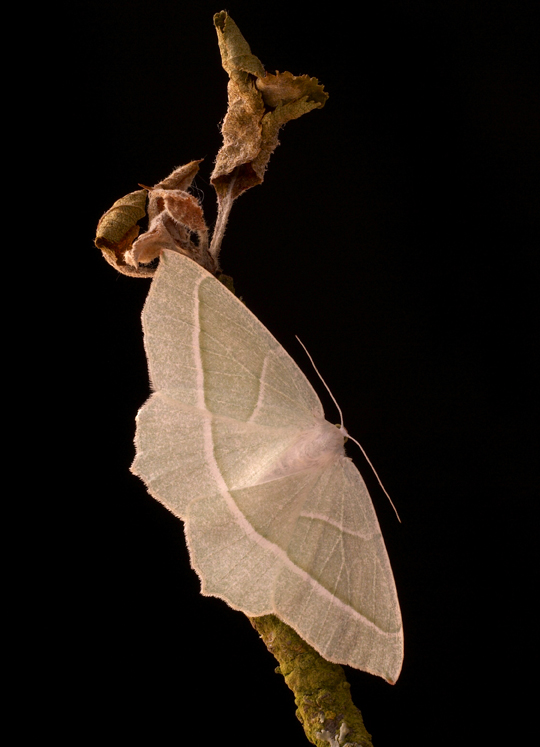
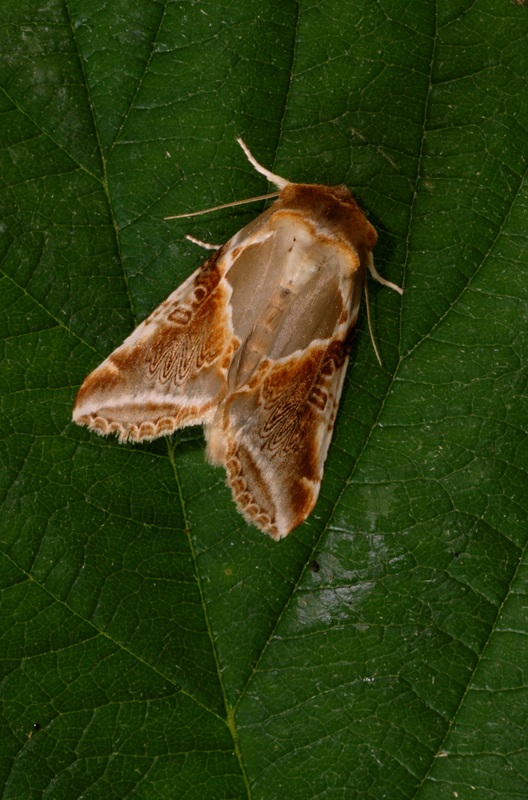
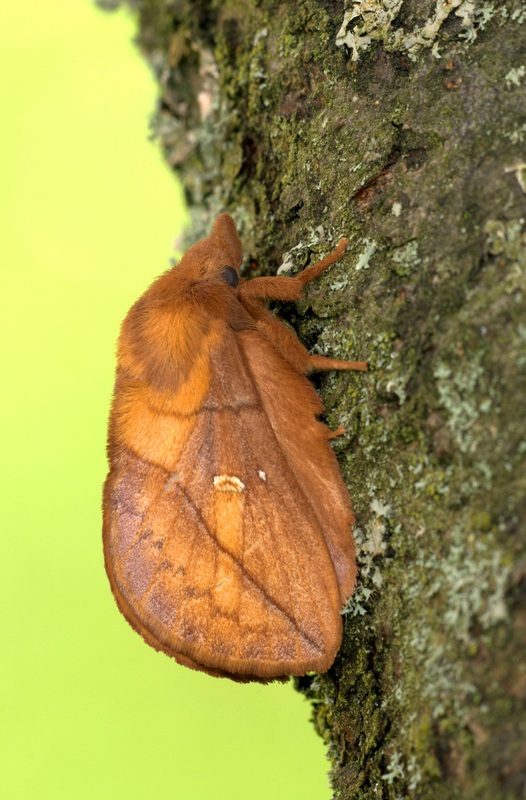
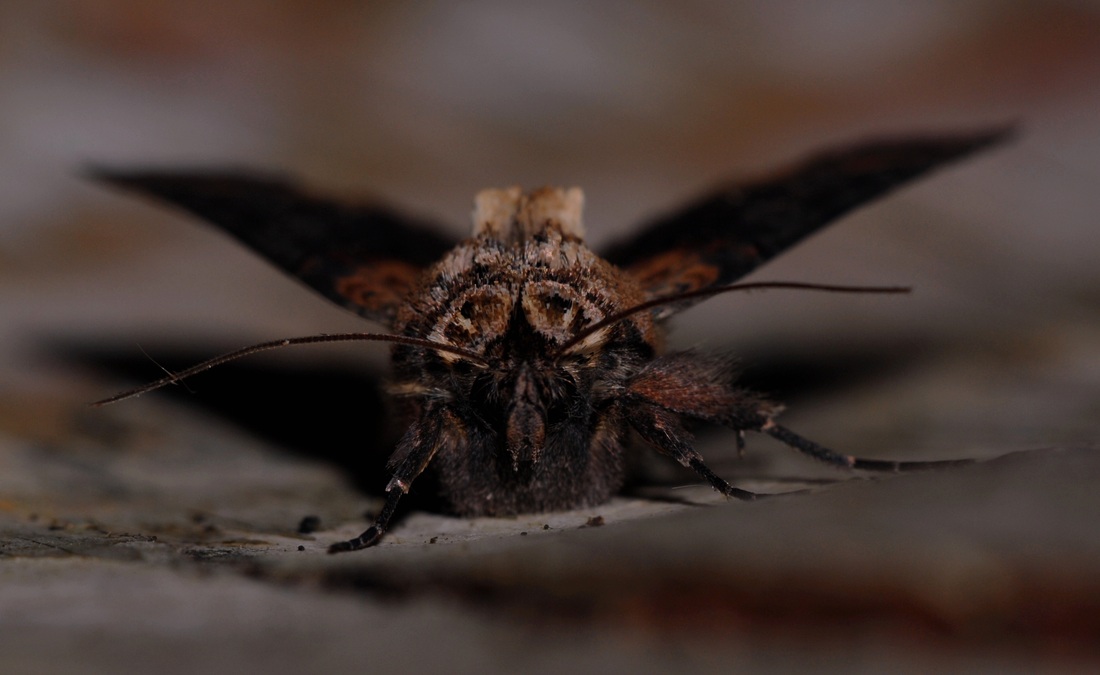
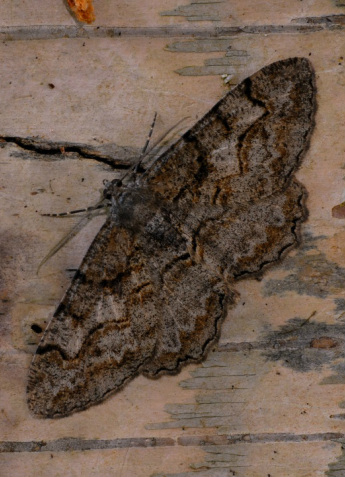
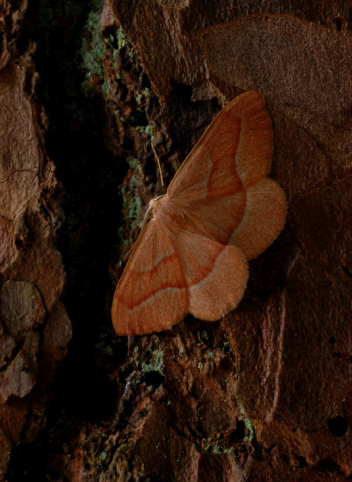
 RSS Feed
RSS Feed
